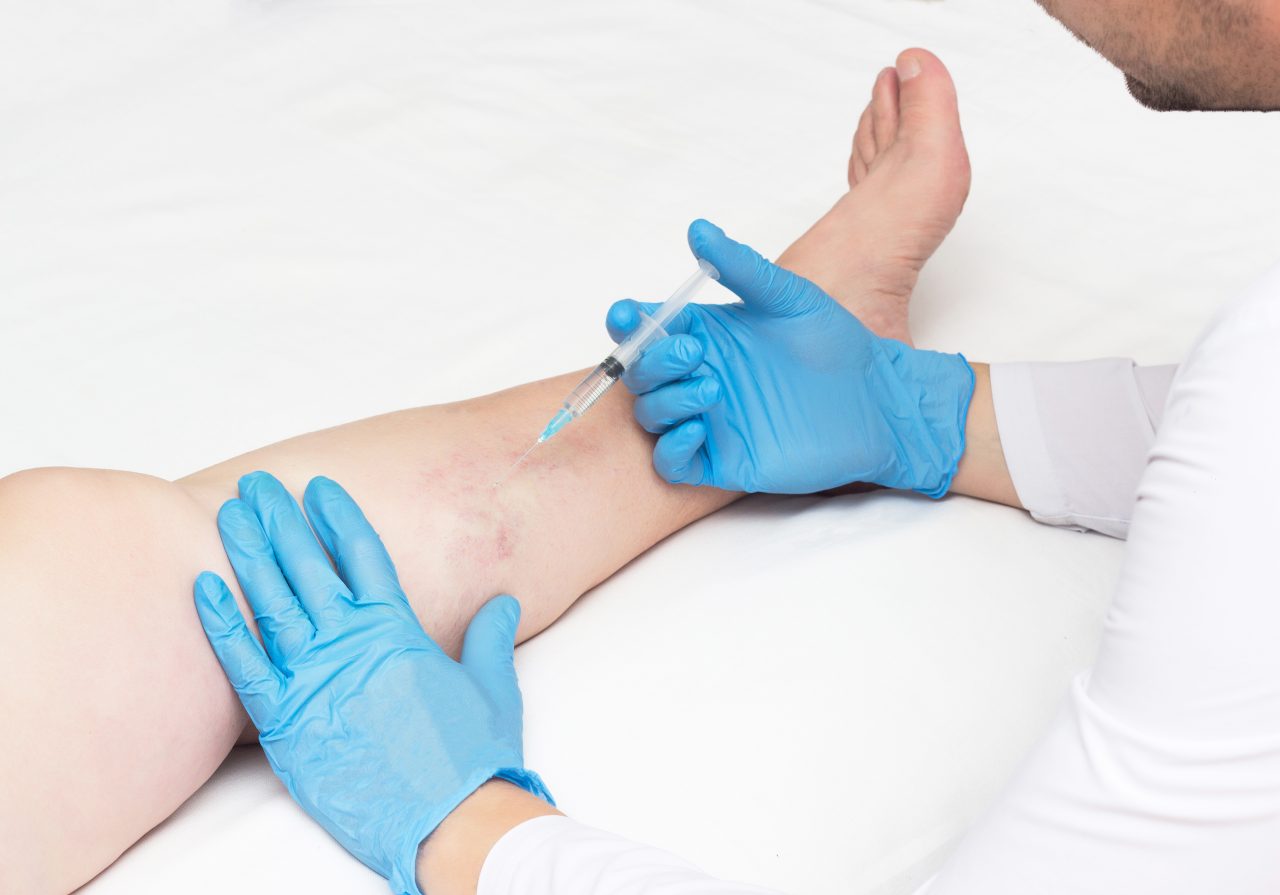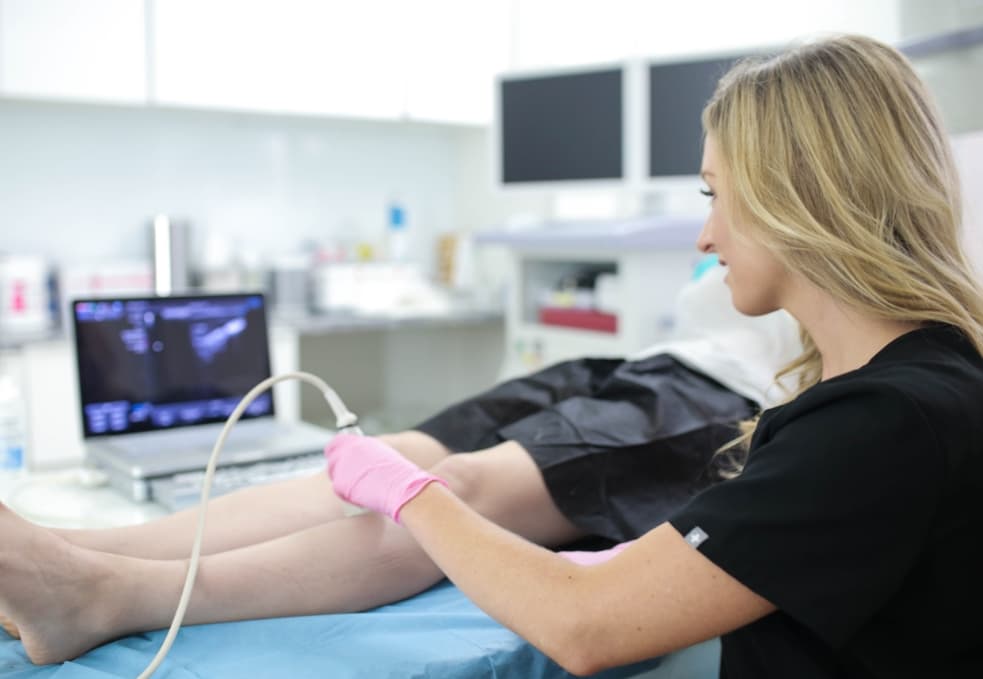Do you often experience heavy legs? Do you feel that your legs are always sore or swollen? If you are experiencing these symptoms, then you might be suffering from a common condition called chronic venous insufficiency (CVI). At Long Island Vein Treatment, we understand how this condition can impact your daily life, and that’s why we offer comprehensive vein treatment options to help you manage your symptoms. In this article, we will explore the causes of heavy legs and the various treatment options available to you.
Understanding the Symptoms of Heavy Legs
Heavy legs are a common symptom that many people experience at some point in their lives. If you feel that your legs are always sore or swollen, it can be a sign of an underlying condition. Some of the most common symptoms of heavy legs include:
- Aching legs for no reason
- Restless legs syndrome
- Feeling heavy and tired
- Swelling in the legs and feet
- Pain or cramping in the legs
- Skin changes, such as discoloration or ulcers
If you experience these symptoms, it’s essential to speak to a board-certified vein doctor at Long Island Vein Treatment. We offer free insurance verification even before your first appointment, and we use state-of-the-art technology to diagnose the root cause of heavy legs.

Understanding the Causes of Heavy Legs
Several factors can contribute to heavy legs, including lifestyle habits, underlying health conditions, and age. Here are some of the most common causes of heavy legs:
- Poor Blood Circulation: Poor blood circulation is one of the most common causes of heavy legs. When your veins cannot efficiently pump blood back to your heart, it can lead to blood pooling in your legs, causing them to feel heavy and swollen. CVI is a condition that can cause poor blood circulation in the legs, leading to heavy legs.
- Sedentary Lifestyle: If you have a sedentary lifestyle, it can also contribute to heavy legs. When you sit or stand for long periods, it can cause blood to pool in your legs, leading to swelling and discomfort.
- Obesity: Obesity is a significant risk factor for developing heavy legs. When you carry excess weight, it can put pressure on your leg muscles, leading to aching and discomfort.
- Restless Legs Syndrome: Restless legs syndrome is a neurological condition that can cause an uncontrollable urge to move your legs. It can also cause discomfort and leg heaviness.
- Muscle Fatigue: Muscle fatigue is another common cause of heavy legs. When your leg muscles are tired, they can feel heavy and sore, making it difficult to move around.
Treating Heavy Legs
At Long Island Vein Treatment, we offer minimally invasive vein treatments to manage the symptoms of heavy legs. Here are the most common treatment options we offer:
- Sclerotherapy: Sclerotherapy is a minimally invasive procedure that involves injecting a solution into your damaged veins to close them off. The solution irritates the lining of the vein, causing it to collapse and eventually be absorbed by the body, thus improving blood flow.
- Endovenous Laser Ablation: EVLA is a minimally invasive treatment that uses laser energy to seal off damaged veins. The laser heats the vein, causing it to collapse and seal shut. This procedure can improve blood flow and reduce swelling in the legs.
- Radiofrequency Ablation: Radiofrequency ablation is a minimally invasive treatment that uses heat to close off damaged veins. This treatment involves inserting a thin catheter into the vein and using radiofrequency energy to heat and seal the vein shut. This treatment can improve blood flow and reduce the symptoms of heavy legs.
- VenaSeal: VenaSeal is a minimally invasive treatment that uses a medical adhesive to seal off damaged veins. This procedure involves inserting a small catheter into the vein and using medical adhesive to close the vein shut, which reduces the symptoms of vein disease.
- Ambulatory Phlebectomy: Ambulatory phlebectomy is a minimally invasive procedure that involves removing damaged veins through small incisions. The procedure involves making small incisions in the skin and removing the damaged veins with a special tool.
- Lifestyle Changes: In addition to minimally invasive treatments, there are several lifestyle changes you can make to help manage the symptoms of heavy legs:
- Exercise regularly to improve blood flow in the legs
- Maintain a healthy weight to reduce pressure on the legs
- Elevate your legs when sitting or lying down to reduce swelling
- Wear compression stockings to improve blood flow
- Avoid sitting or standing for long periods
When to See a Vein Doctor
If you are experiencing persistent heavy legs or other symptoms, it’s important to seek medical attention. Heavy legs can be a sign of an underlying condition, such as CVI, which can lead to serious complications if left untreated. If you are experiencing any of the following symptoms, you should seek medical attention immediately:
- Chest pain
- Shortness of breath
- Dizziness or lightheadedness
- Sudden swelling in the legs
- Skin changes, such as redness or warmth
- Frequent and persistent leg heaviness
- Frequent leg cramps
- Ulcerations on the legs
At Long Island Vein Treatment, we offer free insurance verification even before your first appointment. We use state-of-the-art technology to diagnose the root cause of your heavy legs and curate a personalized treatment plan to manage your symptoms.
Visit Long Island Vein Treatment
Heavy legs can be a frustrating and uncomfortable condition, but several treatments are available. At Long Island Vein Treatment, we offer minimally invasive vein treatments to manage the symptoms of heavy legs. If you experience persistent heavy legs, please seek medical attention to determine the underlying cause and the best treatment options.
Long Island Vein Treatment has multiple medical centers across Long Island, including locations in West Islip, Jericho, Hampton Bays, and Port Jefferson. Our West Islip clinic is located on the Montauk Highway, right on the border of Suffolk County and Nassau County, while our Jericho location is conveniently situated off the Long Island Expressway and the Northern State Parkway. Our Port Jefferson location is across the street from Mather Hospital. All our locations offer ample parking space for our patients’ convenience. Contact us today to schedule your free consultation and learn more about our vein treatment options.
